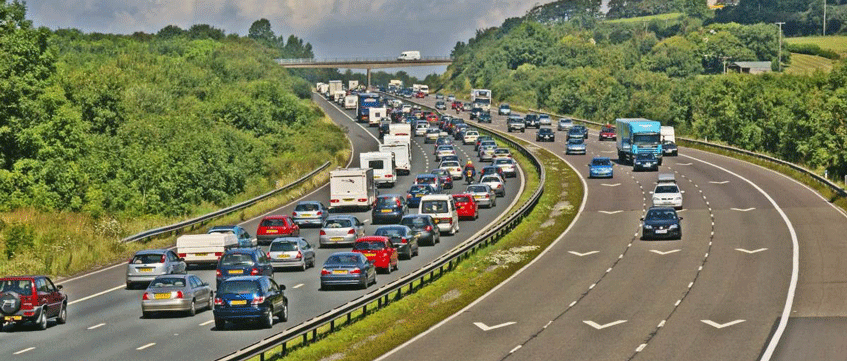COMMENT: Data is one of the most important elements for making decisions in property. How we should use data and how we manage it is often discussed. This is a really important discussion to have as a company and an industry and to do this, it is essential to have an understanding of what data is and how you get it.
This is often overlooked and I think property can learn a lot from traffic.
Have a look at something like Google Maps and you can see how well the traffic is moving pretty much anywhere in the world in real time, but have you ever thought how Google knows this?
How to control and harness the flood of property data
The obvious way to measure traffic speed is to employ a person or maybe a piece of technology that can measure the speed of every car, everywhere. You would need at least one every few hundred meters on every road in the world. This would clearly be hugely expensive and is not practical.
Perhaps a different way would be for the car manufacturers to measure the speed of each car and then feed that data into a central, shared database. Different car manufacturers could then share this data to work out all of the road speeds in the world.
This is still a huge task, and while it certainly feels much more practical than the first idea, it doesn’t really feel viable.
So how else could you get data on the traffic? How could you measure the speed cars are going?
The answer might be, don’t. Measure something else instead. You could record how fast mobile phones were travelling and then you could assume that this represents the speed cars are going…. which on the whole is going to be a pretty good assumption if they’re on a road and travelling above running speed.
You could even use some clever algorithms to filter out some of the outliers and noise to improve the accuracy of this assumption.
And what about traffic and congestion?
You don’t need to measure this either. As long as you have some historic data, you could see when lots of mobile phones are not travelling as fast as lots of mobile phones normally travel on a particular road, from which you could deduce that there must be a traffic jam.
So, what is the lesson here for the property sector? Data is not a “thing’, data is a record of a “thing”. “Things” can be measured, but more and more technology is allowing “things” to be inferred.
There is a relatively simple correlation between mobile phones moving and car speed, but there are other ways that you can use technology to understand road speed and traffic.
Find out more about Radius Data Exchange
Image recognition could be used to interpret road speeds from signs, the government could publish all road speeds as “open data” or perhaps social media could be used to track where accidents or roadwork were happening.
Combine all of these techniques and you have something very powerful to tell you about detailed, live traffic speed and traffic jams.
At no point has a car, or what it is doing, been measured.
These principles could be applied to real estate data; the value of a building, the size of a building or the performance of a building.
Because data about something has historically been difficult to get, does not mean that it will be in the future.
Dan Hughes is EG’s tech consultant and chief executive of Liquid Real Estate Innovation and Alpha Property Insight











